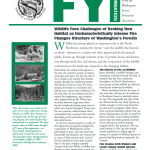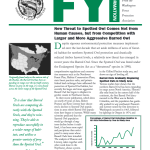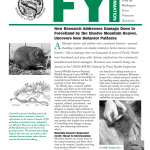 New Research at the USDA-APHIS Olympia Field Station about Mountain Beaver Behavior Changes Old Thinking
New Research at the USDA-APHIS Olympia Field Station about Mountain Beaver Behavior Changes Old Thinking
The mountain beaver represents costly threats to reforestation. New research has improved our knowledge about mountain beaver behavior and has the potential to limit their damage.
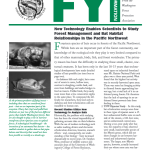 Forest Management and Bat Habitat Relationships Studied
Forest Management and Bat Habitat Relationships Studied
Fourteen species of bats occur in forests of the Pacific Northwest. New technology has made detailed studies of bats possible.
When a wildfire occurs, whether it is catastrophic or of lower severity, the structural characteristics of the forest change.
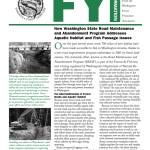 Road Maintenance & Abandonment Plans
Road Maintenance & Abandonment Plans
New Washington State Road Maintenance and Abandonment Plan address aquatic habitat and fish passage issues.
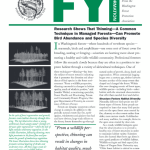 Thinning — A Common Technique in Managed Forests
Thinning — A Common Technique in Managed Forests
Research shows that thinning — a common technique in managed forests — can promote bird abundance and species diversity.
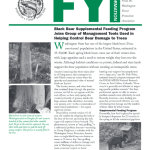 Black Bear Supplemental Feeding Program
Black Bear Supplemental Feeding Program
The supplemental feeding program joins group of management tools used in helping control bear damage to trees.
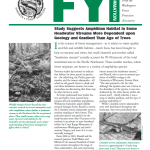 Amphibian Habitat Dependent on Geology and Gradient
Amphibian Habitat Dependent on Geology and Gradient
Study suggests amphibian habitat in some headwater streams more dependent upon geology and gradient than age of trees.
New threat to Spotted Owl comes from competition with larger and more aggressive Barred Owl, which are gradually Displacing Spotted Owls in Study Area.
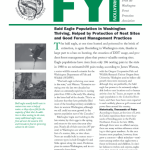 Bald Eagle Population in Washington Thriving
Bald Eagle Population in Washington Thriving
The Bald Eagle population in Washington is thriving, helped by protection of nest sites and good forest management practices.
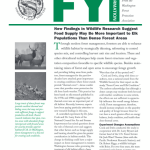 New Findings in Wildlife Research Suggest Food Supply More Important to Elk than Dense Forests
New Findings in Wildlife Research Suggest Food Supply More Important to Elk than Dense Forests
Through modern forest management, foresters are able to enhance wildlife habitat by strategically thinning, reforesting to control species mix, and controlling harvest unit size and location.
